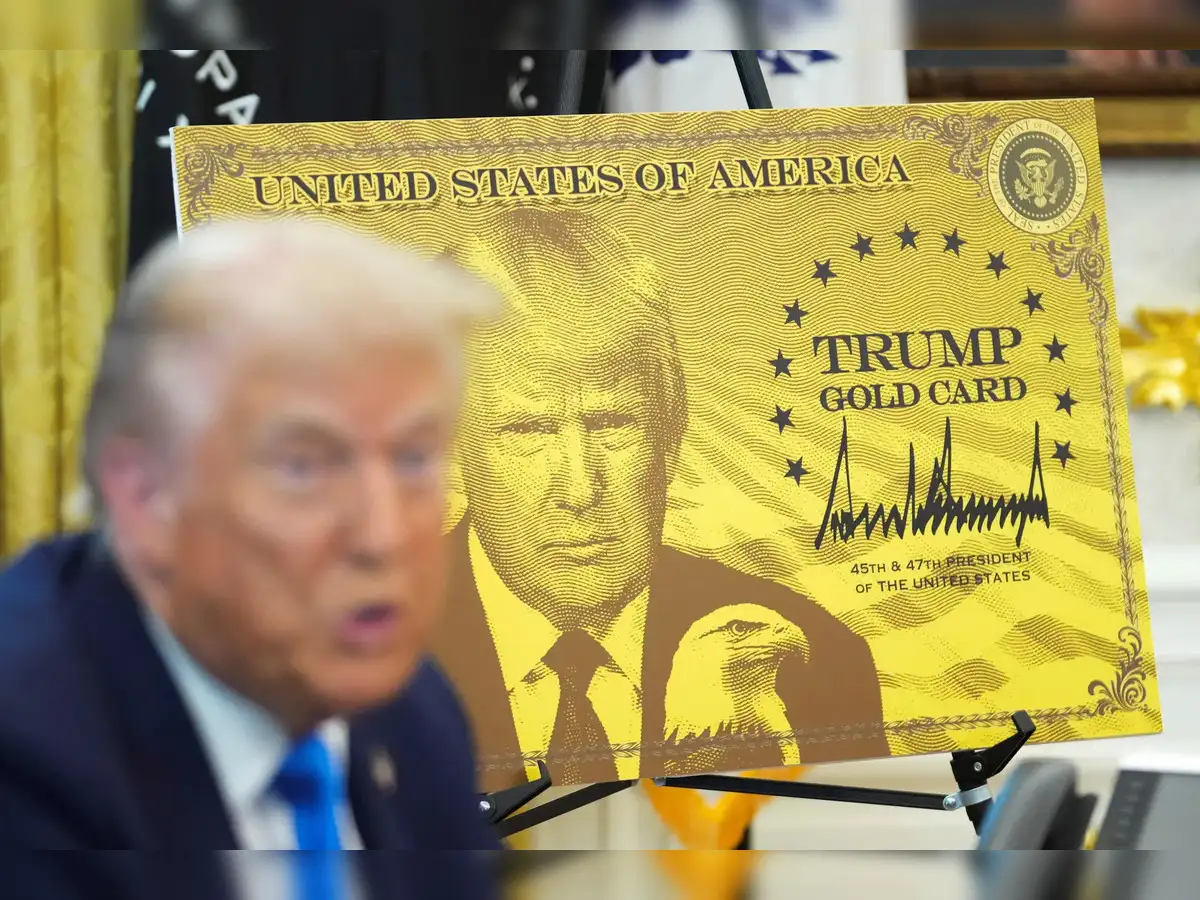Description

Copyright infringement not intended
Picture Courtesy: https://indianexpress.com/article/india/state-ties-china-calls-investments-from-scrutinised-jaishankar-9543086/
Context:
India and China's relationship is very complex as it involves border disputes and other strategic concerns.
Details
- The emergence of China as a major economic and political power has reshaped global dynamics.
- Many countries are struggling to manage their relationship with China, facing difficulties in balancing economic benefits with political and strategic concerns.
Concerns Related to China's Growing Influence
- China is a big trading partner and one of the most important investors in lots of countries, this dependency creates vulnerabilities.
- The aggressive stance of China in its foreign policy, especially regarding the South China Sea and the Belt-And-Road Initiative (BRI) has raised geopolitical tensions.
- The human rights record of China has been criticized globally and it also adversely impacted diplomatic relations with several countries, particularly the US and European nations.
- China's technological development has caused doubts about security and breaches of intellectual property Rights.
How to reduce dependency on China?
●Countries can reduce economic dependence on China by diversifying their trade and Investment Partnerships.
- For example, India has been working to strengthen economic ties with other countries through initiatives like the Make in India Campaign to attract foreign investment.
●Increasing engagement in multilateral forums and alliances can help countries to address geopolitical tension and promote collective security.
- For example, the Quad (Quadrilateral Security Dialogue) involving the USA, India, Japan and Australia aims to ensure a free and open Indo-Pacific region.
●Countries can advocate for human rights and the rule of law through diplomatic channels and international organizations.
- For example, the European Union has been vocal about human rights issues in China, using diplomatic pressure to address concerns.
●Investing in domestic technology and innovation can help countries to compete with China and protect their intellectual property.
- For example, South Korea has invested heavily in its technology sector, becoming a global leader in areas like semiconductors and electronics.
|
India’s Special China Problem
- India's relationship with China is complex and diverse, including both cooperation and conflict.
- While many countries face challenges in dealing with China, India has a unique set of issues that make its situation challenging.
Border disputes
- India and China share a long and disputed border stretching over more than 3400 kilometers, and is divided into three sectors:
-
- The western (Aksai Chin)
- The middle (Uttarakhand and Himachal Pradesh)
- The eastern (Arunachal Pradesh)
- Aksai Chin, governed by China but claimed by India, is strategically vital to both countries. China constructed the Xinjiang-Tibet route there, improving its military logistics.
- India administers Arunachal Pradesh, but China considers it part of its territory, referring to it as "South Tibet." Tensions have risen in this region, with frequent military conflict.

Economic Relation
- India's largest trading partner is China.
- India and China's trade was valued at about $118.4 billion in 2023–2024. India's trade deficit with China is still a concern.
- Chinese investments in India have mostly gone into the manufacturing, infrastructure, and technology sectors.
- Chinese businesses that have extensively penetrated the Indian market, such as Xiaomi and Huawei, have boosted the country's economy.
- India sees China's ambitious Belt and Road Initiative (BRI) as a strategic tool to increase Chinese influence throughout South Asia and decided not to join the project.
Key Challenges
- The Line of Actual Control (LAC) between India and China remains tense, with the 2020 Galvan Valley conflict exposing the region’s instability.
- The trade deficit with China reached $85 billion in 2022-23, increasing pressure on India's foreign exchange reserve.
- India's participation in the Quadrilateral Security Dialogue with the USA, Japan, and Australia is viewed as an attempt to counteract China's dominance in the Indo-Pacific. This further deteriorates the relationship with China.
Way Forward
- It is important to communicate regularly to resolve disputes and lower the chances of misunderstandings.
-
- Strengthening of the existing diplomatic mechanisms like the institutional framework Special Representatives Mechanism on boundary negotiations between both countries is needed.
- India and China have the scope of working together in areas promoting economic benefits for both countries.
-
- Both nations could work together on renewable energy projects that would assist each country in answering its long-term energetic requirements sustainably.
- Both sides should take confidence-building measures which are important to reduce military tensions in areas near the border.
Source:
Indian Express
Ministry of External Affairs
Carnegie Endowment
|
PRACTICE QUESTION
Q. How do India and China's economic dependency shape their strategic partnership, and how do recent geopolitical developments, such as the United States-China trade war have impacted this relationship?
|













